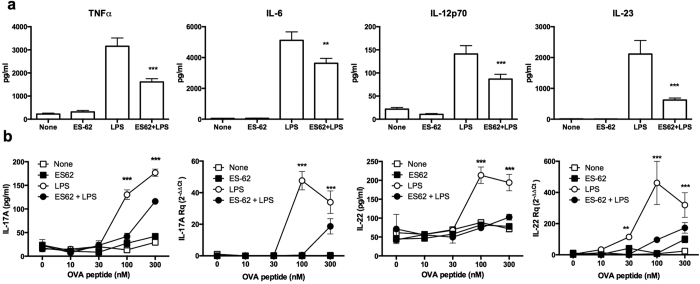Figure 1. ES-62 inhibits LPS-stimulated DC responses.
(a) Levels of TNFα, IL-6, IL-12p70, and IL-23 released by bmDCs derived from BALB/c mice incubated in medium alone (None) or containing ES-62 (2 μg/ml) for 18 h prior to culture in medium alone or containing LPS (1 μg/ml) for a further 18 h. Data are collated from 3 experiments and represent the means (of means of triplicate estimates from the independent experiments) ± SEM; **p < 0.01 and ***p < 0.001, relative to the LPS group. (b) BmDCs treated as described in a, were pulsed with OVA323–339 and co-cultured with OVA-specific KJ1.26+CD4+CD62L+ T cells for 72 h before measurement of IL-17A and IL-22 release by ELISA or determination of mRNA levels in the cells by qRT-PCR. Relative quantitation (Rq) of mRNA levels was defined by 2^−ΔΔCt values obtained relative to the house-keeping reference gene (GAPDH) and experimental control samples, namely the medium-only DCs (None; 0 nM OVA peptide). Data are the mean values ± SD, n = 3, from a single experiment where **p < 0.01 and ***p < 0.001 for ES-62+LPS-treated cells relative to the cells incubated with LPS alone. The ability of LPS-, but not ES-62-matured bmDCs from BALB/c mice to prime IL-17 release by KJ1.26+CD4+CD62L+ T cells was found in 3 additional independent experiments whilst LPS-, but not ES-62-matured bmDCs from C57BL/6 mice were shown to prime IL-17 and IL-22 release by OTII CD4+CD62L+ T cells in a further independent experiment (data not shown).

